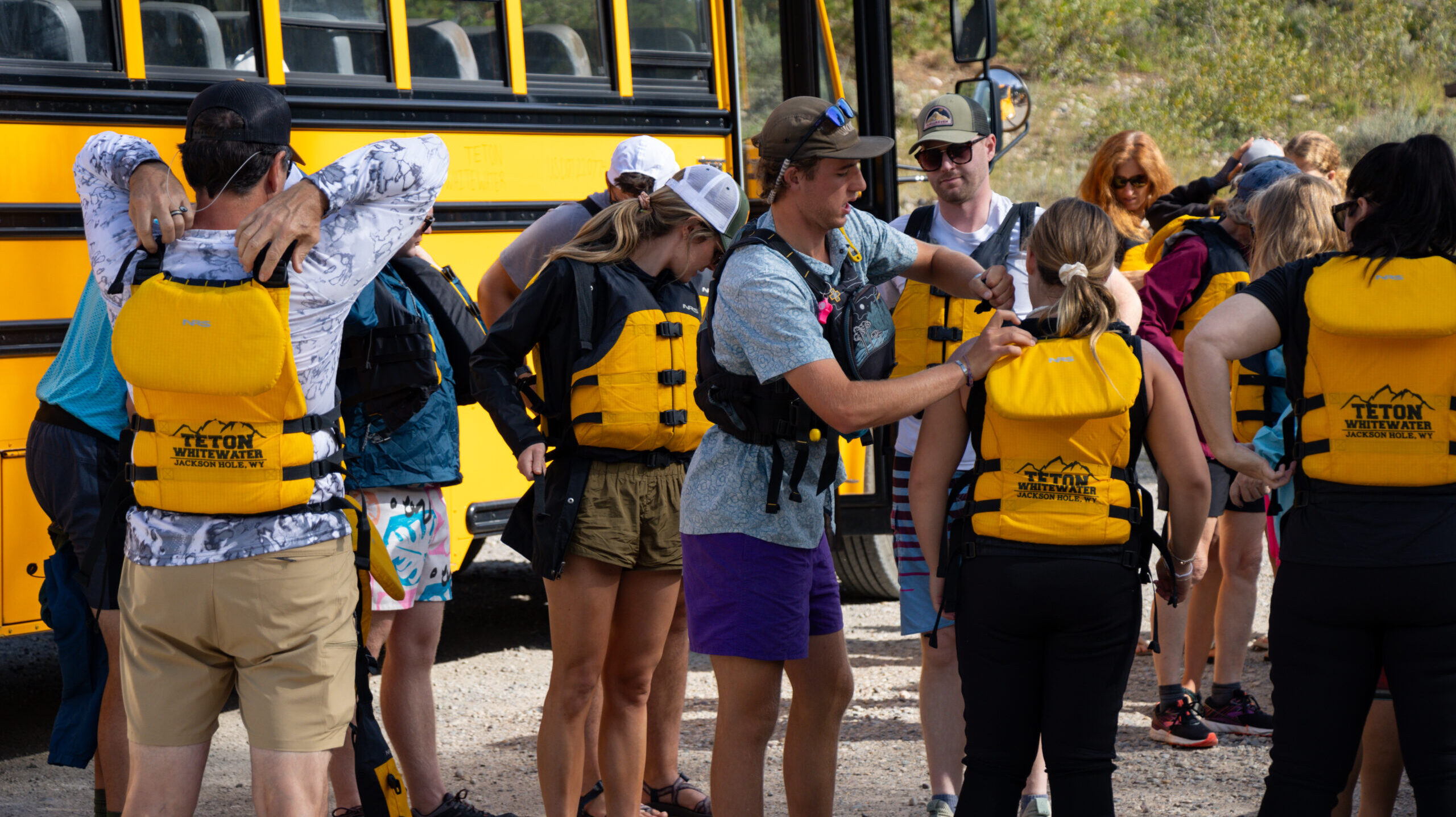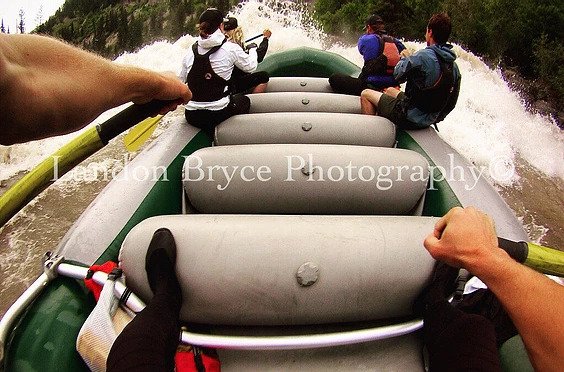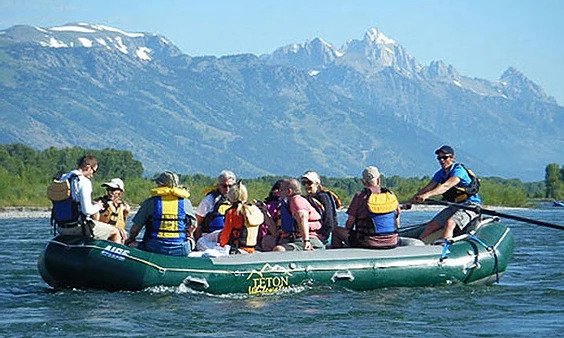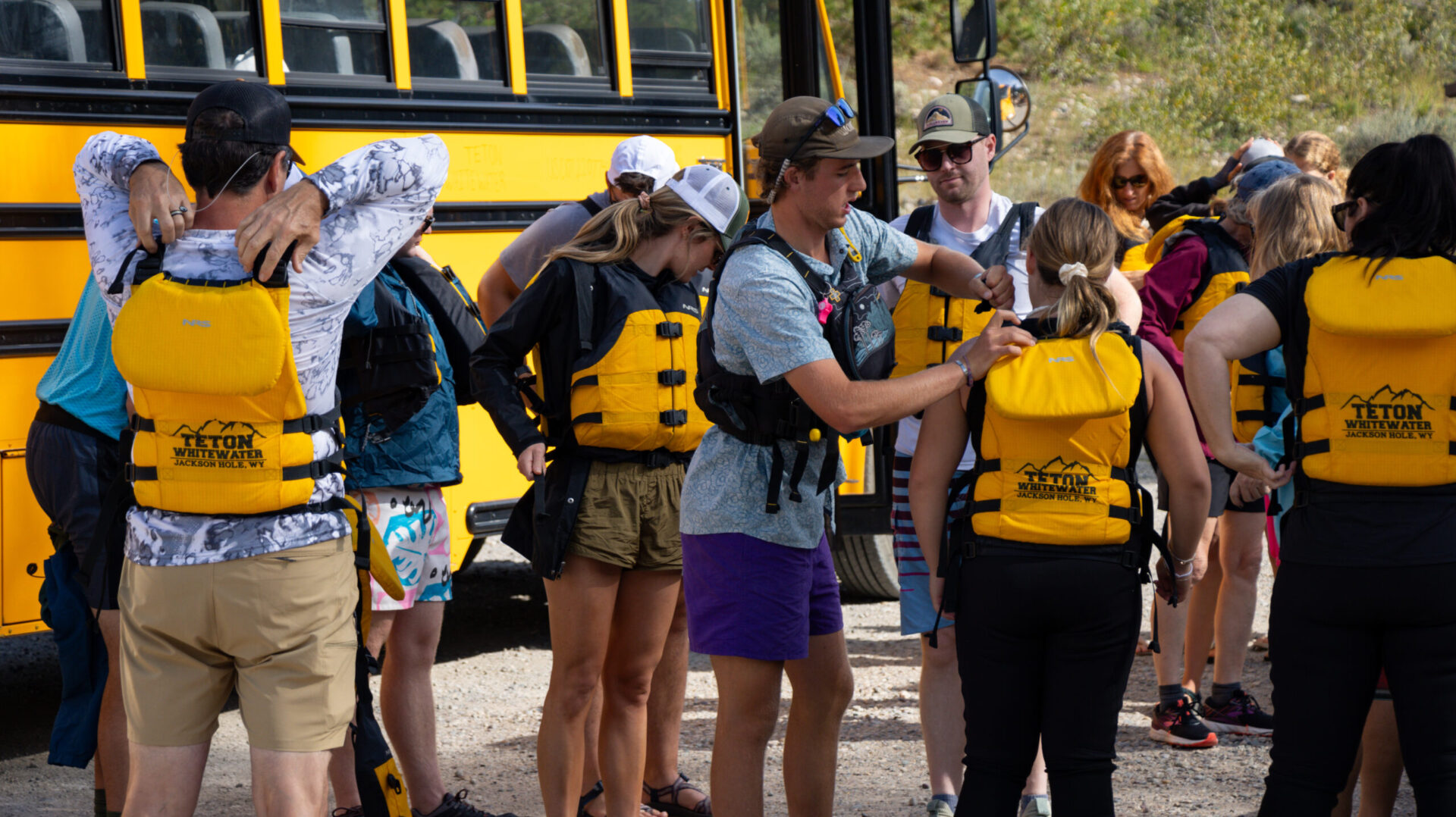
Whitewater Rafting: Fun, Thrills, and Safety Tips to Avoid Injury
Whitewater rafting trips are always a great time, but it’s important to know how to avoid injury when possible. Like every adventure sport, there are inherent risks, but with the right precautions, you can minimize the chances of getting hurt. At Teton Whitewater, our top priority is your safety, and we’re committed to providing you with everything you need to stay injury-free.
Our expert Snake River raft guides have all undergone extensive training, are Swift Water Certified, and hold Wilderness First Aid (WFA) or Wilderness First Responder (WFR) certifications. With our excellent safety record, you can trust that you’re in good hands. With the right preparation and guidance, you’ll be able to safely enjoy your rafting experience without worry.
In this blog, we’ll cover the most common injuries that can occur during a rafting trip and how to avoid them. While whitewater rafting offers numerous benefits and thrills, it’s best to take a few precautions to avoid injuries that could put a damper on your trip.
Avoid Injury While Rafting
Foot Injuries
The most common injuries during a whitewater rafting trip are foot injuries, but they’re easily prevented with the right footwear. Proper water shoes protect against stubbed toes, sunburns, and debris in the water. Make sure your shoes fit well and are broken in before the trip to avoid rubbing or discomfort. Water shoes with straps, like Chacos, Keens, and Tevas, are ideal. Old tennis shoes that can get wet are also a great option!
Sunburns
Sunburns are a common nuisance while on the water. To prevent this, apply water-resistant sunscreen generously before you head out, and bring some extra to reapply during the trip if it’s a long one. A long-sleeved sun shirt and hat will provide additional protection from the sun.
Blisters
Blisters are small, but they can become a big issue on the water. They usually form on your thumbs or the pads of your palms from rubbing against the paddle. Prevent blisters by wearing well-fitting gloves or using athletic tape on your hands. For healing, eat fruits and veggies rich in Vitamin A, B5, and C (such as apples, carrots, and cauliflower) to promote skin healing and reduce the risk of infection.
Rock Collisions
Collisions with rocks are another common cause of injury during rafting trips. Whether the raft hits a boulder or you accidentally bump into one while paddling, these can lead to bruises, cuts, or more serious injuries. To prevent this, always follow your guide’s instructions and remain alert to your surroundings. Be cautious of swinging paddles, as they can cause accidents like a bloody nose if they hit someone in the face.
Head Injuries and Helmet Safety
While head injuries are less common, they can happen—especially when debris in the water creates obstacles. At Teton Whitewater, we require helmets when the water reaches a certain level and is filled with debris like trees, rocks, and logs. If you’re rafting through turbulent waters with floating obstacles, wearing a helmet is crucial for your protection. Helmets will help protect you from accidental bumps or falls into the water. However, in calmer waters with no visible debris, helmets are typically not necessary.
Other Injuries
To avoid other potential injuries, always look to your guide for guidance. They are highly trained and prepared to help ensure you have a safe and enjoyable experience on the water. Guides give thorough safety briefings before every trip, so be sure to listen carefully to their instructions. They’re your best resource for staying safe, and they’re there to make sure your adventure is memorable—for all the right reasons.
Contact Teton Whitewater today and book your next Jackson Hole whitewater rafting adventure! We’re here to ensure that you stay safe, avoid injury, and have an unforgettable time navigating the river.

Whitewater & Scenic Combo
Get the best of both worlds and book your combo whitewater rafting and scenic float trip in Jackson Hole today!
Learn More

July 17, 2015
Looking Back On Guide Training – POV

March 24, 2016
High Adventure Scouting Trips for Varsity, Venturing Groups, and Boy Scouts

June 17, 2017
What is a Float Trip?
